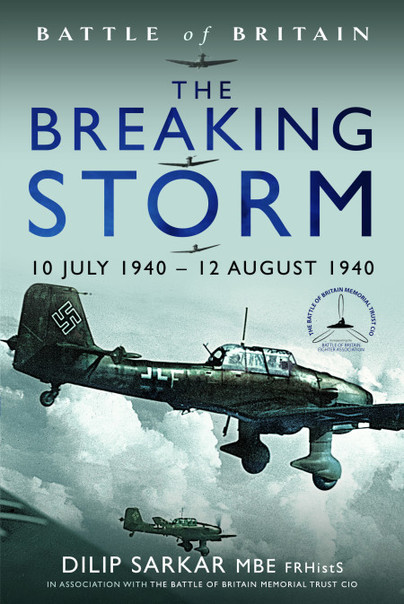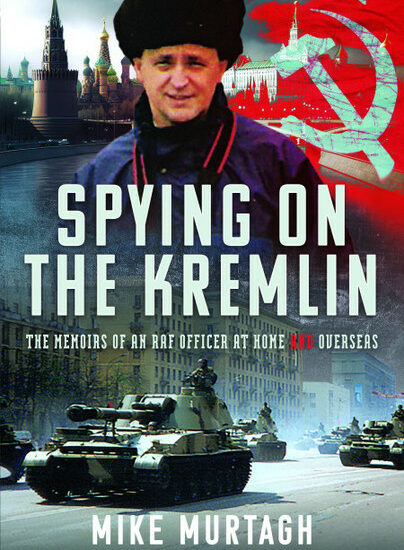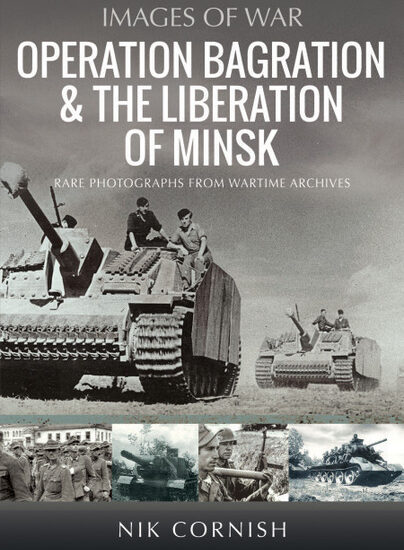Author Guest Post: Dilip Sarkar MBE
Battle of Britain
The Breaking Storm: 10 July 1940 – 12 August 1940

‘Where to begin?’, as an old history lecturer of mine at university once said – and now I find myself with so much to discuss about this new book that I know how he felt! ‘Where to begin?’ indeed!

Well, let’s first re-wind to Volume 1, The Gathering Storm: Prelude to the Spitfire Summer of 1940, the first in this eight-volume and unprecedented series. As another history lecturer used to say, ‘Context, context, context!’ – and this provides that, in spades. The Battle of Britain is a huge story, which has previously been written about from a Fighter Command and Luftwaffe perspective concerning the fighting between 10 July 1940 – 31 October 1940. That is understandable – but there is infinitely more to the story than that. To fully understand these events, and the lives and times of those involved, first we need the context – so that’s Volume 1, which explores the development of military aviation, pre-war air power doctrines, First World War aviation, disarmament and retrenchment, the birth of the Luftwaffe, Spanish Civil War, the creation of Fighter Command and the System of Air Defence, the crossover from biplanes to monoplane fighters – and much more besides. The Royal Navy, Bomber and Coastal Commands, civil defence, all of these things are explored along with the German strategy and plans, the Fall of France and a day-by-day account of the fighting between 2 July 1940 – 9 July 1940 inclusive – arguing that the Battle of Britain really began on 2 – not 10 – July 1940. There’s a more detailed summary of Volume 1 in this previous blog.



Volume 2, The Breaking Storm, then looks at the first phase of the Battle of Britain, what the Germans called the Kanalkampf, which was fought over Channel-bound convoys. This and the next six volumes provide a day-by-day diary of the entre sixteen-week battle – from a 360° perspective; the final volume will explore how the Battle of Britain has been commemorated over the years, its place in popular history and culture, and provide a directory of museums, memorials and sites of interest. The day-fighting is forensically reconstructed, every combat, every squadron action, every raid – and so much more. The essential efforts of Bomber and Coastal Commands are included, and Daily Home Intelligence Reports provide a unique glimpse at what the Home Front was feeling. The germination and development of Operation Sealion – the proposed German invasion of Britain – and Hitler’s strategy towards Britain and such a hazardous undertaking are all explored in great detail. The essential thing is that this work, likely to top a million words in total, returns to original documents and other sources – the accessible narrative arising often challenging the accepted narrative. The subject has never before been approached in such a comprehensive manner, and for me personally is the culmination of a lifetime’s research and a career-topping project. Historical research and writing is all about being aware of the latest published research and sources – and this is the latest on the Battle of Britain, including a vast bibliography.



An important thing arising from the research for Volume 2 is that by reviewing the flying log-book of Air Chief Marshal Sir Keith Park, I was recently able to prove to the authorities here that the Air Officer Commanding 11 Group, Air Chief Marshal Dowding’s right-hand man, actually flew operationally during the Battle of Britain. Sir Keith is therefore now accepted as a legitimate recipient of the coveted Battle of Britain Clasp – and is himself one of the fabled Few. This blog explains that journey.



Importantly, this series is produced in association with and in support of The Battle of Britain Memorial Trust CIO, which manages and maintains The National Memorial to The Few at Capel-le-Ferne, Folkestone, the idea being that the Trust will have this substantial body of work as a point of reference on what was arguably the most important battle of modern times. We can all support the Trust’s vital work by becoming a ‘Friend of The Few‘.



Volume 3, Attack of The Eagles: 13 August 1940 – 18 August 1940, follows next spring, and Volume 4, Airfields Under Attack: 19 August 1940 – 6 September 1940, in September 2024. I have just finished and am about to submit Volume 5, Target London: 7 September 1940 – 17 September 1940, and will start Volume 6, Daylight Defeat: 18 September 1940 – 30 September 1940, very soon.



Thanks to everyone who supports my work in whatever way – it is much appreciated and all helps this massive project progress.
Well done Team!




Dilip Sarkar MBE FRHistS, 2 October 2023
Links: –
Dilip Sarkar’s website.
Dilip Sarkar’s YouTube Channel.
All of Dilip Sarkar’s Pen & Sword titles available here.
Battle of Britain Memorial Trust CIO.
Watch Charles Gardner’s epic war reporting of 14 July 1940 here.


